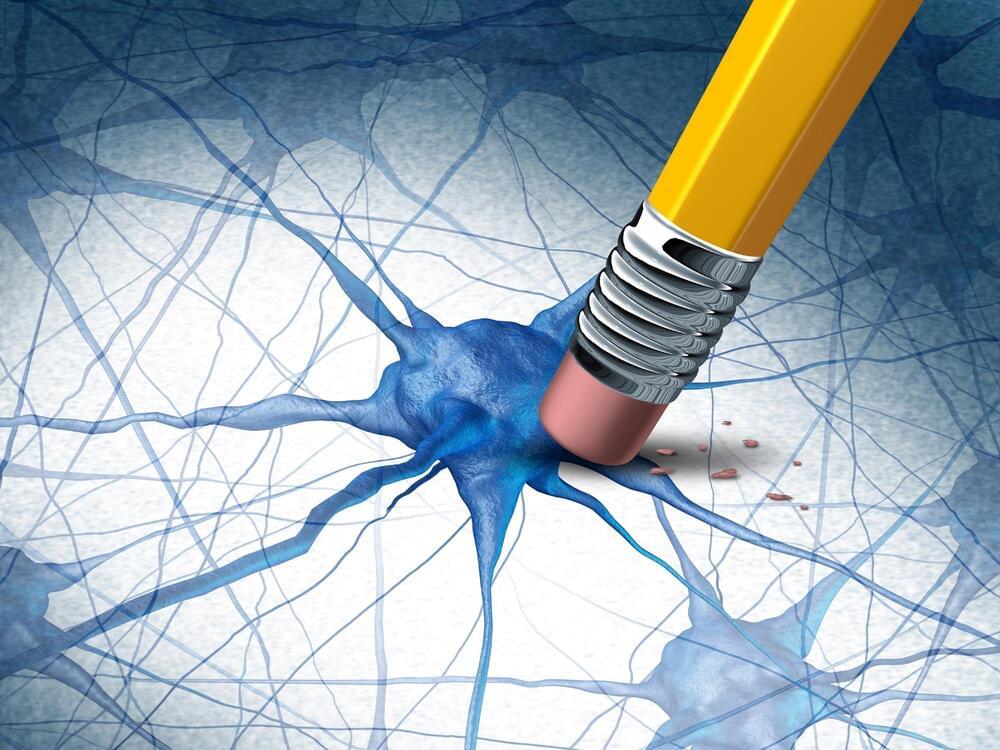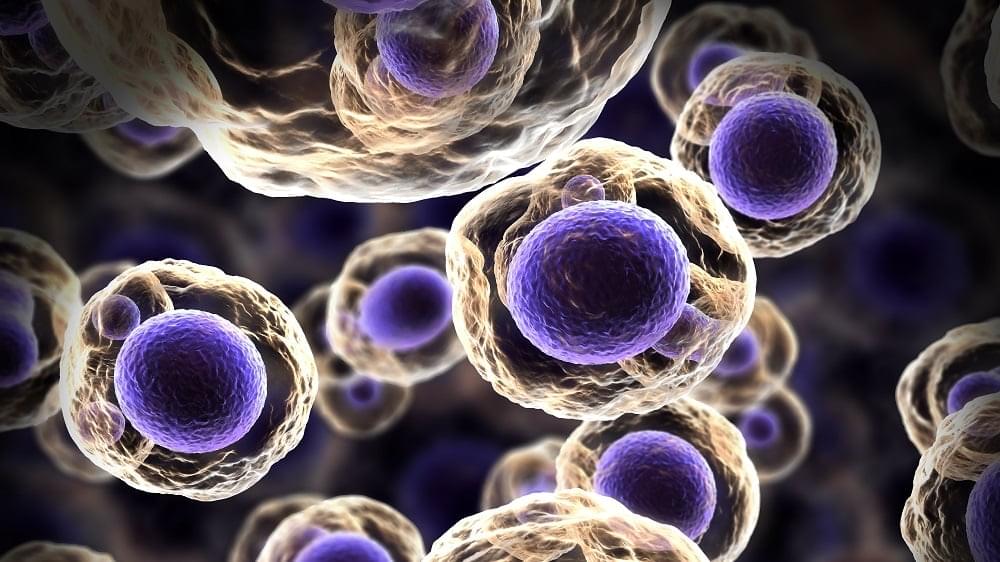Archive for the ‘neuroscience’ category: Page 17
Nov 17, 2024
Neuroscientists taught rats to drive tiny cars. They took them out on ‘joy rides.’
Posted by Quinn Sena in categories: education, neuroscience

Natural forms of opiates and dopamine — key players in brain pathways that diminish pain and enhance reward — seem to be telltale ingredients of the elevated tails in our anticipation training program. Observing tail posture in rats adds a new layer to our understanding of rat emotional expression, reminding us that emotions are expressed throughout the entire body.
While we can’t directly ask rats whether they like to drive, we devised a behavioral test to assess their motivation to drive. This time, instead of only giving rats the option of driving to the Froot Loop Tree, they could also make a shorter journey on foot — or paw, in this case.
Nov 17, 2024
Unlocking GABA Receptors
Posted by Genevieve Klien in categories: biotech/medical, neuroscience
Summary: New research has revealed the diverse assembly and regulation of Type-A GABA receptors (GABAARs), which are crucial for balancing brain activity. Using cryogenic electron microscopy, researchers identified over 324,000 potential receptor structures, shaped by subunit combinations and their relative arrangement.
These variations influence receptor function, drug binding, and the brain’s response to stressors like pregnancy or chronic drug use. The findings pave the way for targeted therapies that enhance receptor-specific functions without inducing tolerance or dependence.
Nov 17, 2024
Beyond Plaques and Tangles: Scientists Discover Key to Halting Brain Damage in Alzheimer’s
Posted by Shailesh Prasad in categories: biotech/medical, neuroscience
Alzheimer’s disease is marked by the gradual degeneration of nerve cells, resulting in memory and cognitive decline. A research team at KU Leuven and VIB investigated the molecular sequence driving this cellular breakdown, discovering specific inhibitors that can prevent nerve cell loss in various mouse models of the disease.
The findings open up new research avenues in the search for therapies that could halt or prevent the accumulation of brain damage occurring in Alzheimer’s.
Alzheimer’s disease, the leading cause of dementia, affects over 55 million people worldwide. The disease is characterized by the buildup of amyloid-beta plaques and tau protein tangles in the brain, which disrupt cell communication and lead to the widespread death of nerve cells. The consequences of this massive cell loss are the heartbreaking cognitive decline and memory loss for which the condition is well known.
Nov 17, 2024
Mind-Blowing Discovery: Scientists Discover That Memories Are Not Only in the Brain
Posted by Paul Battista in category: neuroscience

Our brains—and specifically, our brain cells—are commonly known to store memories. However, a team of scientists has discovered that cells from other parts of the body also play a role in memory, opening new pathways for understanding how memory functions and creating potential for enhancing learning and treating memory-related conditions.
“Learning and memory are generally associated with brains and brain cells alone, but our study shows that other cells in the body can learn and form memories, too,” explains New York University ’s Nikolay V. Kukushkin, the lead author of the study, which appears in the journal Nature Communications.
Nov 16, 2024
The massed-spaced learning effect in non-neural human cells
Posted by Saúl Morales Rodriguéz in categories: biotech/medical, neuroscience
When learning is spaced in time, memory is enhanced, but so far this was only observed in neural systems. Here, the authors show that non-neural cells, including kidney cells, also show a spaced effect in terms of transcriptional responses.
Nov 16, 2024
Study links relative brain volume to temperament in diverse dog breeds
Posted by Saúl Morales Rodriguéz in categories: education, neuroscience
Researchers from the University of Montpellier, the University of Zurich, Naturhistorisches Museum Bern, and other institutions have found that breed function and behavior correlate with relative endocranial volume (REV) in domestic dogs.
Domestic dogs exhibit variations of morphologies and cognitive abilities, a diversity rooted in centuries of domestication and selective breeding for functional attributes. Historically, mammals have shown a trend toward larger brains to support advanced cognition, a pattern that appears disrupted in domestic dogs.
Despite having, on average, 20% smaller brains relative to their wild ancestral counterpart, the gray wolf, domestic dogs often demonstrate a range of equivalent cognitive skills, challenging some conventional assumptions about brain size and intelligence.
Nov 16, 2024
The Secrets of Life’s Most Essential Molecule: Scientists Unravel Water’s Mysterious Anomalies
Posted by Saúl Morales Rodriguéz in categories: biotech/medical, chemistry, nanotechnology, neuroscience
Water, a molecule essential for life, exhibits unusual properties—referred to as anomalies—that define its behavior. Despite extensive study, many mysteries remain about the molecular mechanisms underlying these anomalies that make water unique. Deciphering and replicating this distinctive behavior across various temperature ranges remains a significant challenge for the scientific community.
Now, a study presents a new theoretical model capable of overcoming the limitations of previous methodologies to understand how water behaves in extreme conditions. The paper, featured on the cover of The Journal of Chemical Physics, is led by Giancarlo Franzese and Luis Enrique Coronas, from the Faculty of Physics and the Institute of Nanoscience and Nanotechnology of the University of Barcelona (IN2UB).
The study not only broadens our understanding of the physics of water, but also has implications for technology, biology and biomedicine, in particular for addressing the treatment of neurodegenerative diseases and the development of advanced biotechnologies.
Nov 16, 2024
Weight Loss Breakthrough: Scientists Discover Natural Compound That Suppresses Appetite
Posted by Paul Battista in categories: biotech/medical, health, neuroscience
Researchers from Baylor College of Medicine, Stanford University School of Medicine, and their collaborators have identified a novel compound called BHB-Phe, which is naturally produced by the body. Published in the journal Cell, their findings reveal that BHB-Phe regulates appetite and body weight by interacting with neurons in the brain.
Until now, BHB has been known as a compound produced by the liver to be used as fuel. However, in recent years, scientists have found that BHB increases in the body after fasting or exercise, prompting interest in investigating potential beneficial applications in obesity and diabetes.
Nov 15, 2024
Study of Direct Reprogramming Challenges Consensus
Posted by Arthur Brown in category: neuroscience
Scientists have shown that in a direct cellular reprogramming scenario, neurons are produced almost exclusively by a rare subtype of multipotent cells. Their findings, they claim, change our understanding of reprogramming, but not everyone agrees [1].
Direct action
In the world of cellular reprogramming, the two most well-known realms are pluripotent reprogramming, in which somatic cells are thrown back all the way into pluripotency, and partial reprogramming, in which these cells are rejuvenated without making them lose their cellular identity.
















